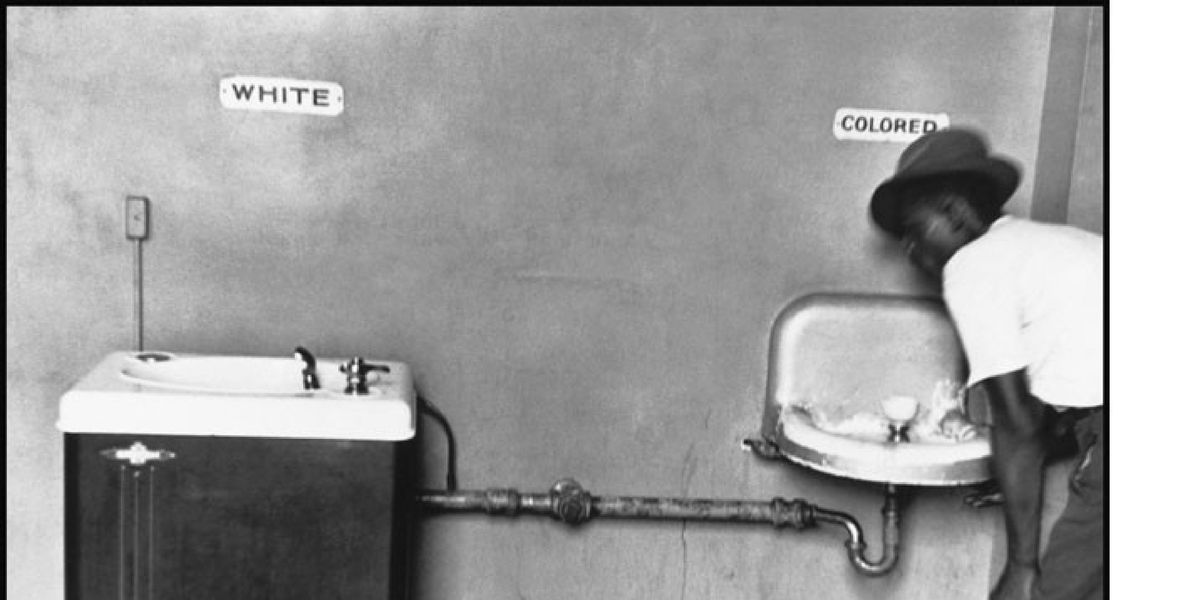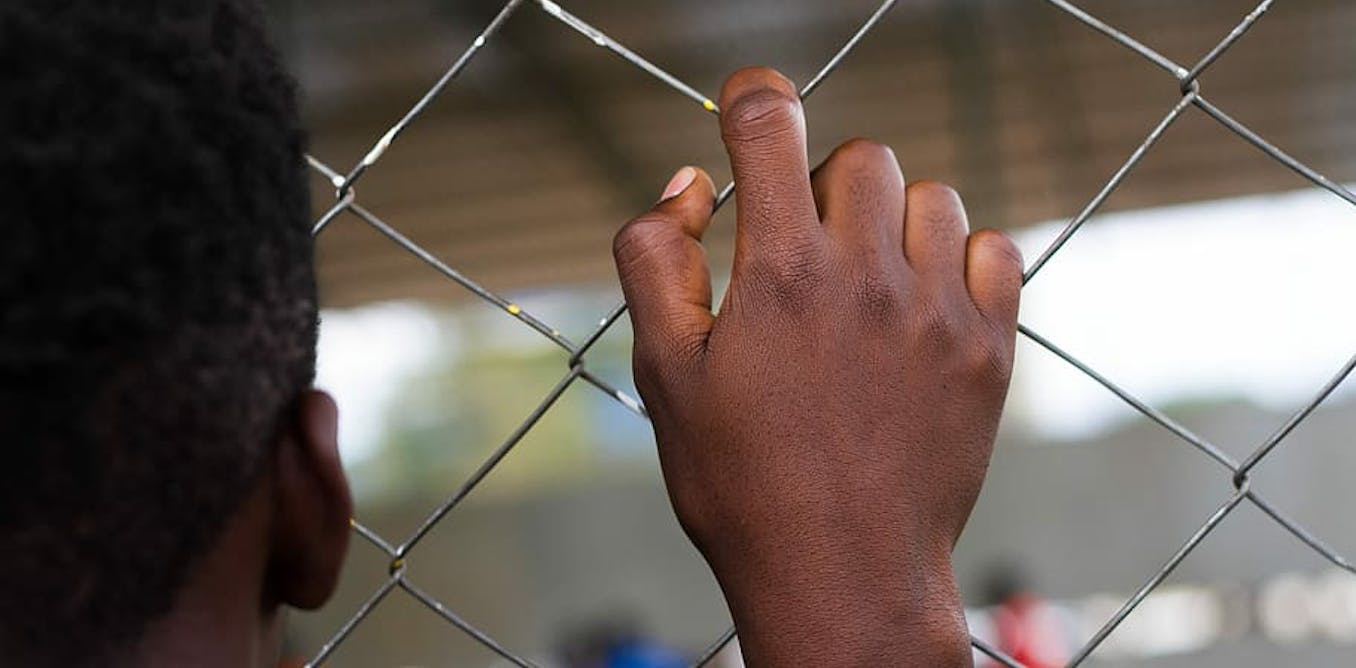Al Ahly, based in Cairo, and Esperance, in Tunis, are among the most successful clubs in the history of the main club cup competition in Africa, the CAF Champions League.
Al Ahly has reached the finals multiple times and boasts 11 titles, making it the most successful club in the competition’s history. Similarly, Esperance has secured the title multiple times.
These successes have not occurred by accident. The two clubs have financial muscle, effective management systems and large fan bases. These factors do not only boost their performances in competition but also influence their strategic decisions at the Confederation of African Football (CAF) level.
As a scholar of sports policy and management who has researched sports in north Africa and the Arab regions, I argue that the dominance of clubs like Al Ahly and Esperance is rooted in various factors. These include the history and culture of the clubs, their fan base, financial and political support and the strength of their domestic leagues. They have some of the best infrastructures in Africa, and their models of football development focus more on the local domestic leagues.
This approach contrasts with the dominant model of African clubs and academies, which depend on the export of players, which affects their performance in African football league tournaments. Nigeria, South Africa, Congo and Cameroon are exceptions.
Al Ahly
Al Ahly is based in Cairo, the capital of Egypt, and is often referred to as the “club of the people”. It was founded on 24 April 1907. The club has won the Egyptian Premier League 43 times and the Egypt Cup 39 times. On the continental level, it is the record winner of the CAF Champions League, having won it 11 times. The club’s success is supported by strong organisational backing, extensive training facilities, and a significant fan base.
Al Ahly’s budget is among the highest in Africa, reported to be about EGP 2.54 billion (around US$100 million). It’s able to invest in operations and facilities. The club’s home matches are played at the Cairo International Stadium, which has a capacity of 75,000, making it one of the largest and best equipped sporting venues in the region. It currently has 19 players active in their respective national teams, including players representing Egypt and other countries.
Esperance
Esperance Sportive de Tunis, commonly known as Esperance, was founded in 1919 in Tunis, capital of Tunisia. The club emerged during a period of national consciousness against the French protectorate, becoming a symbol of Tunisian identity and resistance. Esperance has won the Tunisian League title 30 times. The club’s colours, red and gold, are iconic in Tunisian sports. On the African stage, Esperance has won the CAF Champions League four times, affirming its status as a leading club in African football.
Unlike its opponents in the final, Esperance has a more modest budget, reflecting the current economic situation in Tunisia. Since the fall of the Ben Ali regime in 2011, which previously forced national companies to sponsor sports clubs, public and private corporations are now more reluctant to financially back football clubs.
Despite this, the club enjoys substantial investment in its facilities and operations to maintain competitive standards in both domestic and continental competitions. Esperance plays at the Stade Olympique de Radès, which provides considerable capacity and modern facilities conducive to high-level sports performance.
Teaching lessons
There is a lot that teams from the continent can learn from Al Ahly and Esperance. The success of these two clubs is the result of meticulous planning, investment in infrastructure, a strong domestic league and a dedicated fan base. Both Egypt and Tunisia, similar to Morocco and Algeria, are known for their strong domestic leagues with competitive clubs in both the first and lower divisions. Each club has a strong local identity, contributing to the rivalry between clubs in their respective countries.
Their football model focuses on producing local talent to strengthen their domestic leagues and national teams. Additionally, clubs in Egypt and Tunisia have been destinations for many top African players who see these leagues as a stepping stone towards more lucrative contracts in Europe or as providing better conditions for professional contracts than in their home countries. The growth of leagues in the Arabian Peninsula, particularly the Qatar Stars League and the Saudi League (RSL), which allows clubs to enlist up to eight foreign players, also attracts top African football talent.
This is a proven template that other teams can pick up and modify to suit their circumstances and build their own success. South African team Mamelodi Sundowns has achieved considerable recent success with a similar approach.
The CAF Champions League final between the two North African clubs, Al Ahly and Esperance Tunis, will be another occasion to celebrate African football. The winner of the competition will take home US$4 million in prize money, while the runner-up will receive US$2 million.
For north African clubs, it is another occasion to showcase their dominance over the African football leagues.




